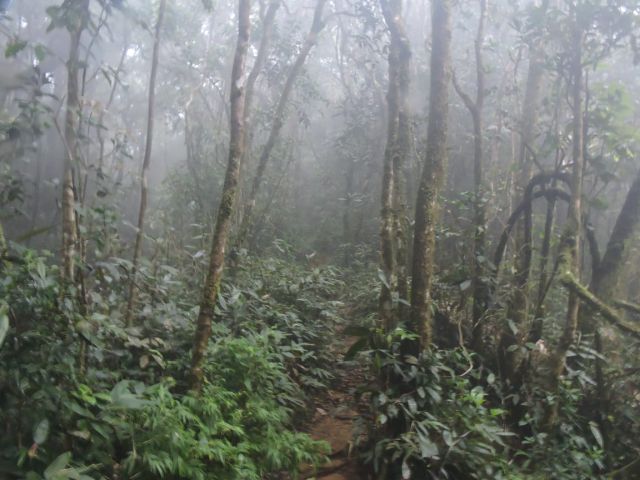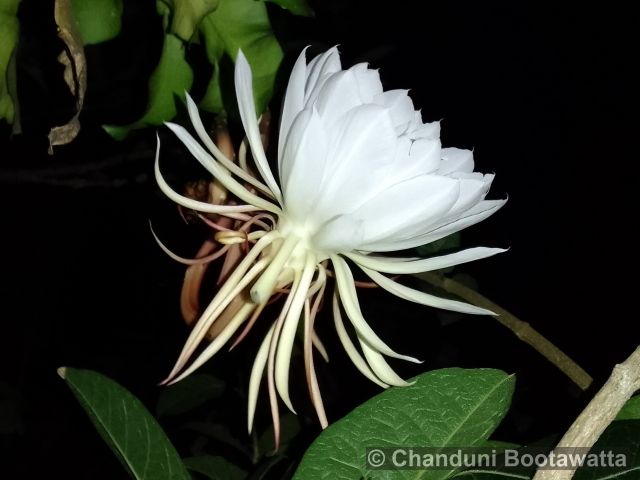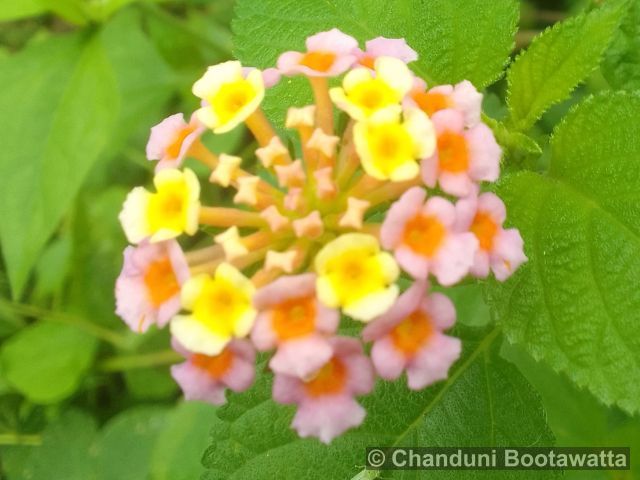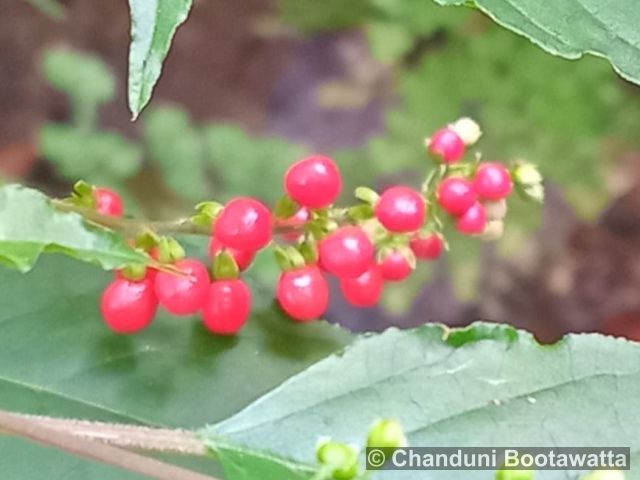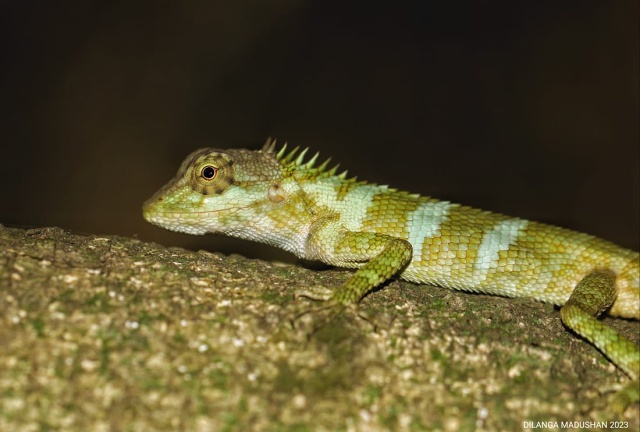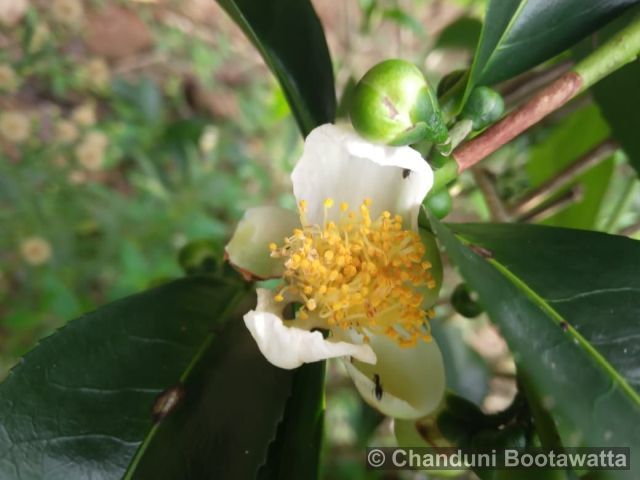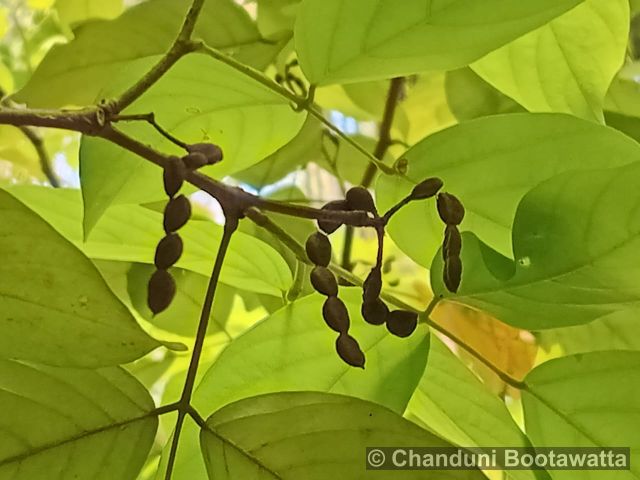Tento příspěvek byl přečten156krát!
YOU CAN FIND THE CZECH VERSION IN THIS LINK
Schmarda’s Shrub Frog, Sri Lanka Bug-eyed Frog, Gorahedi Panduru Mediya, drsnokožka cejlonská
Syn.: Theloderma schmarda (Kelaart, 1854), Philautus schmarda (Kelaart, 1854), Kirtixalus schmarda (Kelaart, 1854), Theloderma schmardanum (Kelaart, 1854)
Class: Amphibia
Order: Anura
Family: Rhacophoridae
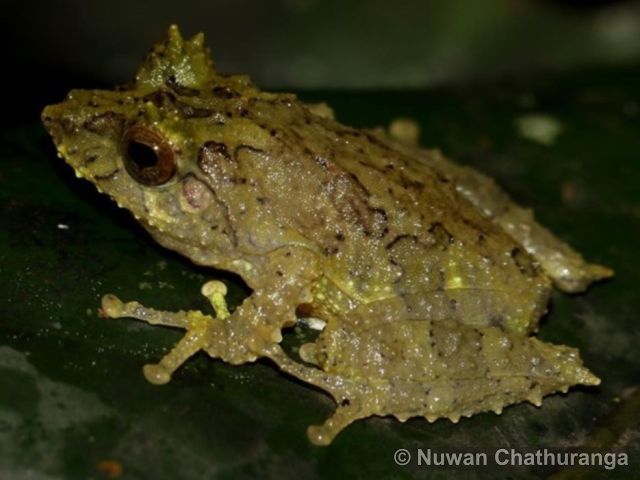
Morphology: Adult males measure 18–27 mm (0.7–1.1 in) and adult females, based on only two specimens, 20–30 mm (0.8–1.2 in) in snout–vent length.This small frog has a lumpy body, rather akin to a toad’s. A noteworthy feature is that it also has horn-like warts above its eyes. Coming in a variety of colours from greenish-yellow to reddish-brown, these frogs are great at camouflaging themselves, especially as their skin looks identical to the colour and pattern of lichen. They have light yellow, spotty bellies.
Habitat and Ecology: This particular species appears predominantly confined to closed-canopy cloud forests; however, instances of individuals have also been documented in the understory of pine plantations and, more infrequently, in abandoned tea plantations. Nocturnally, adults have been sighted perched on leaves approximately 1-2 meters above the ground. Throughout the daytime, juveniles have been observed on the forest floor and in damp, marshy areas, while adults have been found on lichen and moss-covered branches and tree trunks. Adult males engage in group calling activities, as noted by Manamendra-Arachchi and Pethiyagoda in 2005. The species reproduces through direct development, with the female excavating a deep hole in the forest floor for depositing the eggs. It is believed that this species is not tolerant of habitat disturbance, given its requirement for canopy cover, as highlighted in the Sri Lanka Red List Assessment Workshop in February 2020.

Geographic Range: This species is endemic to the Central Hill Country of Sri Lanka at elevations between 810-2,300 m asl. There are records from the Peak Wilderness Sanctuary, Agra Bopath, Horton Plains and Pedro
Assessment Information: Red List Category & Criteria: Endangered; National Red List category: Critically Endangered.
Current Population Trend: Decreasing (Sri Lanka Red List Assessment Workshop February 2020)
Threats: Although much of this species‘ range is in protected areas, the quality of a large part of its habitat is threatened by illegal firewood collection, clear-cutting for timber, conversion to agricultural land (tea estates), and pollution by agro-chemicals.
References
Manamendra-Arachchi, Kelum & Pethiyagoda, Rohan (2005). „The Sri Lankan shrub-frogs of the genus Philautus Gistel, 1848 (Ranidae: Rhacophorinae), with description of 27 new species“ (PDF). Raffles Bulletin of Zoology. Suppl. 12: 163–303. (Philautus schmarda: p. 171–174)
Kelum Manamendra-Arachchi, Rohan Pethiyagoda, Anslem de Silva, Deepthi Wickramasinghe (2004). „Pseudophilautus schmarda“. IUCN Red List of Threatened Species. 2004: e.T58900A11852110. doi:10.2305/IUCN.UK.2004.RLTS.T58900A11852110.en. Retrieved 15 November 2021.
Author of text: Devindi Budhawaththa
Author of photos: Nuwan Chathuranga



 Poslat emailem
Poslat emailem